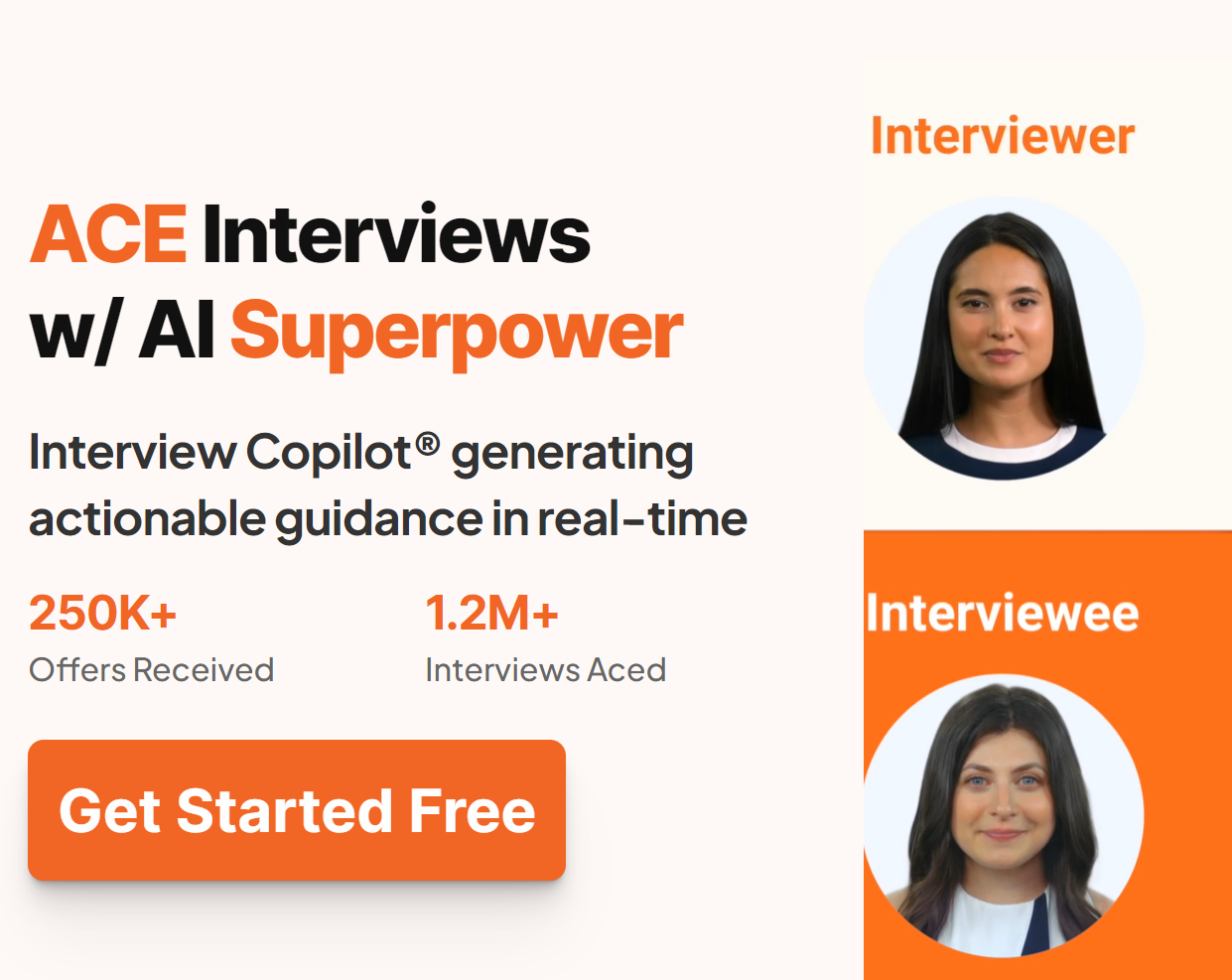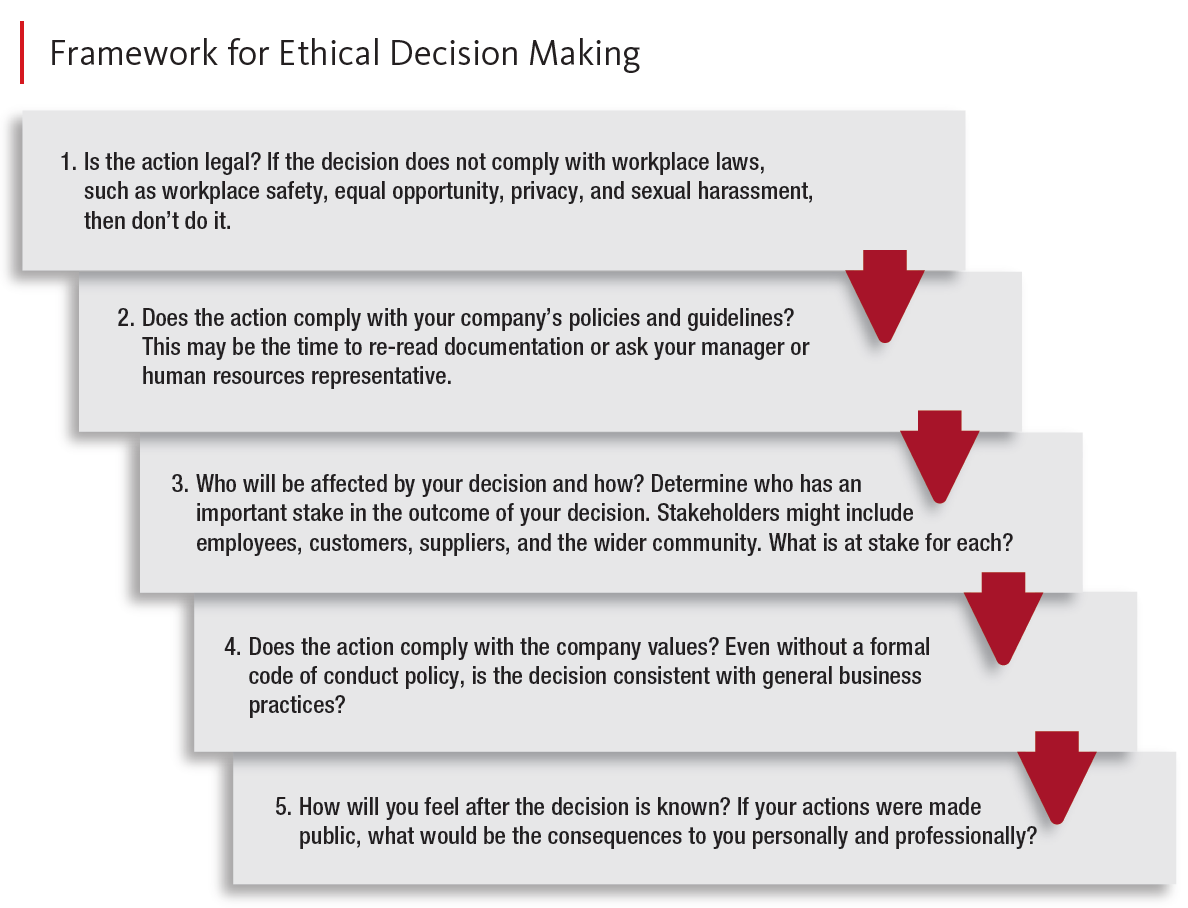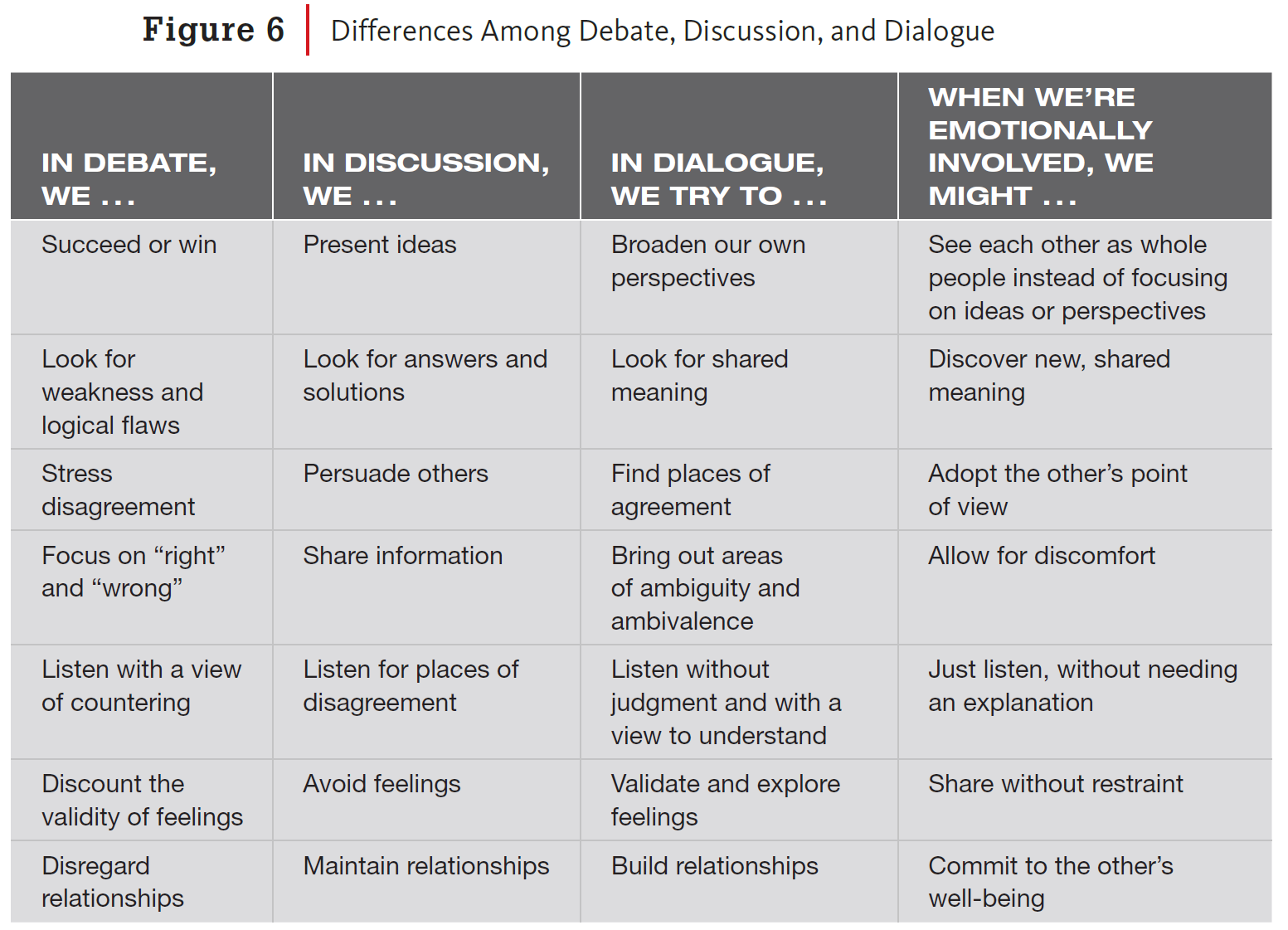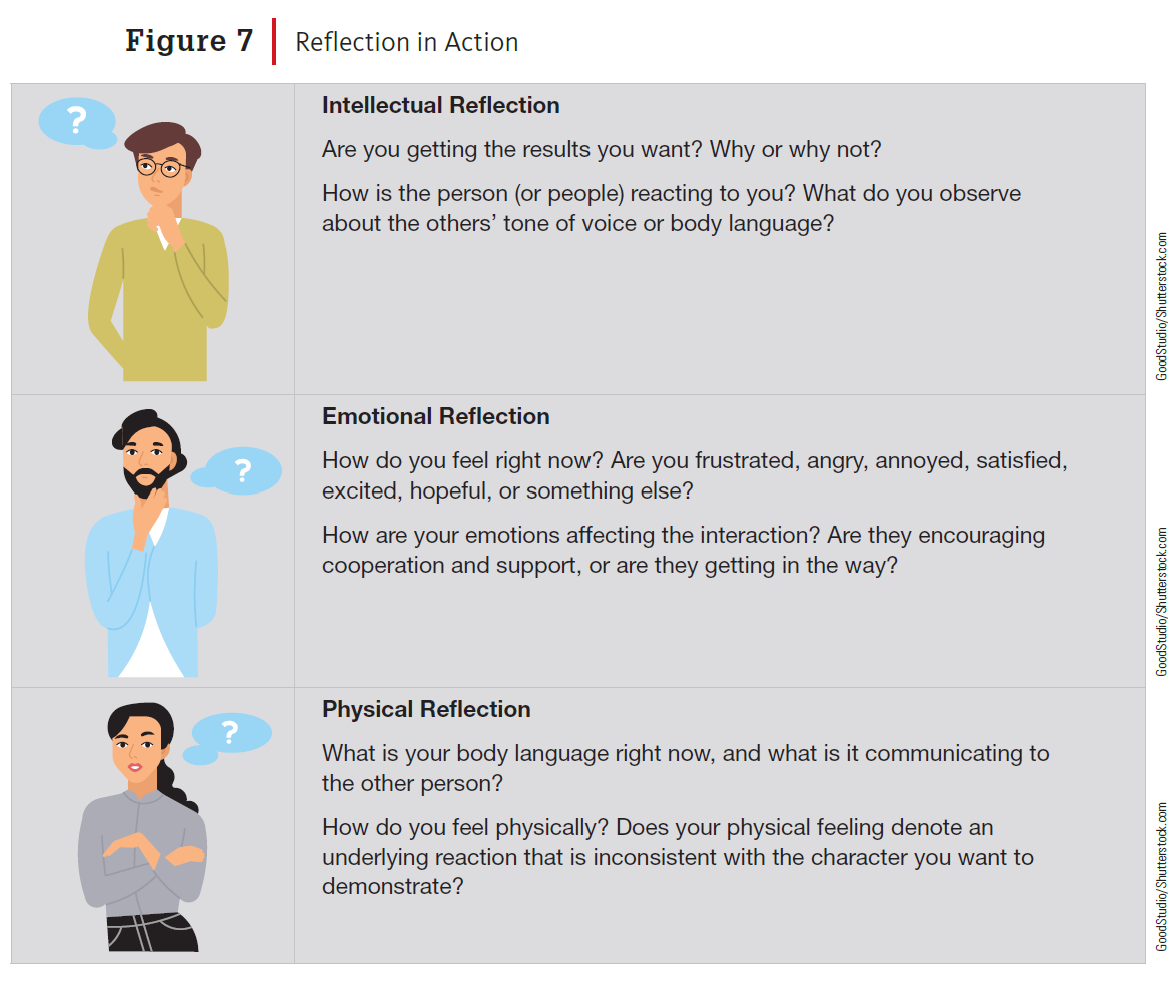Visuals
The slides look odd to me. They are black and white, which is a fine choice, but they are so bare. Also, the alignment on the first slide, shown above, causes me to read down: Mira Chief, Murati Officer. Then, as Murati reviews her three points, we see five items on the slide, at left, which could cause the confusion in her structure.
Other slides are tech-cool minimalist, but the eye GIF looks creepy, and others seem unnecessary. Instead, visuals should support the message. Also, when I pause the video, I’m hoping to see a screenshot, but the video reverts to two guys sitting at a table. Around 5:15, a full-screen slide appears—entirely unnecessary because we see it clearly enough on the visuals to Murati’s side. Maybe this covers something to edit out? Did Murati sneeze? Trip? It doesn’t appear so.
The setting looks nice: tan with plants. It’s appropriate as a background that doesn’t detract from the speaker. In addition, the audience serves as cheer team, with only the back of their heads showing at times. Again, the focus is on Murati.
Content
Murati reinforces key points throughout her presentation: easier, more natural, free, collaborative. She repeats these words several times throughout. She also repeats the “big news” of releasing ChatGPT 4o to cheers among the crowd, who already heard this during the agenda, so obviously, the team was sitcom-audience prompted (“APPLAUSE!”).
At times, I want to see more, for example, when, for the first and only time, we see actual content and color on slides. Murati gives a couple of examples of using GPT for custom solutions, and apps scroll by quickly.
At about 8:15, Murati discusses the challenges of safety and how they’re working with partners. It sounds like a throwaway couple of lines, a mere nod, before the live demo starts next. Now we see the guys from the video-still table. Mark Chen starts by addressing a potential question, as we teach students to do: the wire is for “consistent internet”—easily understood.
Scarlett Johansson (or someone else) interacts with Chen during a conversation demo. The voice cuts in and out, which no one addresses, hoping, I guess, that it will even out since it’s impossible not to notice. At this point, Murati purses her lips, possibly a sign of nervousness. Fortunately, the voice does smooth out, and the demo achieves the purpose, which Chen explains as, for example, the ability to interrupt.
The next demo is math help, obviously to disprove the common thinking that GPT is bad at math. The beginning is a bit awkward, with another audio cut, GPT ready without seeing the equation, and Murati touching her knees. Berret Zoph handles this well, joking that he hasn’t written anything yet. The demo is simple but works well, showing GPT’s ability to tutor math students. A more complex coding example illustrates GPT’s advanced abilities, including vision, for example, seeing charts. GPT 4o can create charts, which isn’t covered, but would interest our students.
The demo also illustrates interpreting facial expressions as emotion and language translation—an Italian example, which Murati speaks.
Delivery
Murati’s delivery style is natural. She doesn’t appear to be working off a script and neither do the two researchers. We don’t know how many times their presentations were rehearsed or whether the video was edited, but they seem comfortable, using an appropriate style for the company, product, and purpose.
Overall, the video is a good example of a business presentation with a demo. The company certainly achieved its objective of conveying significant updates for GPT. Comparing this to Apple and Facebook demos from years ago could inspire a useful class discussion.






















